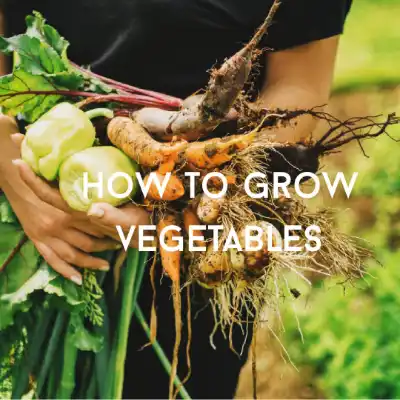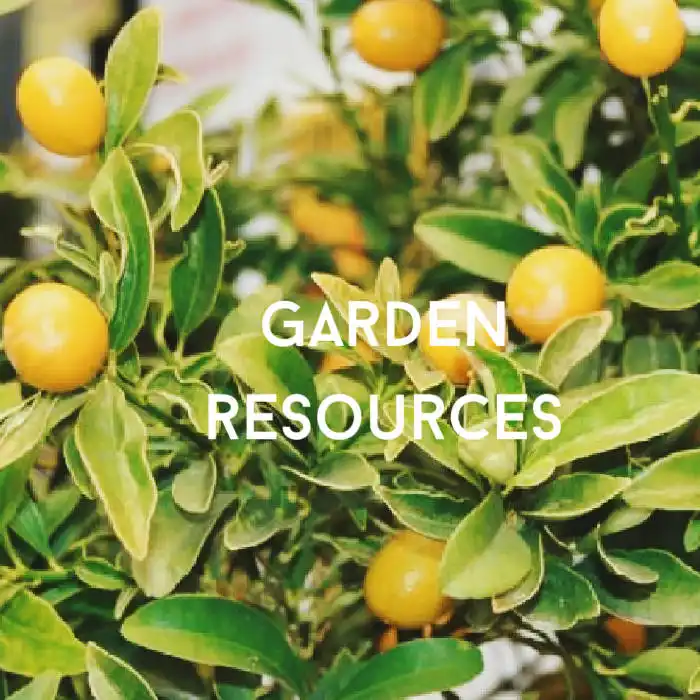Every area has it’s unique gardening challenges. In this post we will discuss some common Phoenix, Arizona gardening challenges and how to overcome these challenges so your Arizona garden can flourish.
This post may contain affiliate links. Please see my disclosure policies. If you purchase after clicking an affiliate link we may receive small commission at no cost to you. As an Amazon Associate I earn from qualifying purchases.
Phoenix Gardening Challenges
The low desert gardening zone is in 9a and 9b. Some of the challenges in Phoenix, Arizona gardening include:
Multiple Short Growing Seasons
The first frost date in Phoenix is usually mid-November, early December and the last frost date is early February. This gives us between 280 to 304 days to grow something. Despite the overall long growing season, one of the challenges is that our growing season is divided into three short seasons.
Cool season, warm season and then a secondary period of time for warm season vegetables. For example, tomatoes are warm season vegetables but in Phoenix they should be transplanted in February because they will need to ripen by May. You will have another short window of time to plant tomatoes in July.
This means you’ll need to plan your planting schedule carefully to make the most of each season. If you’re planting by seed, starting seeds indoors can help give your plants a head start. You can find many sizes of indoor germination seed trays online, your local nursery or local home improvement stores. Find out tips on how to start seeds indoors.
How to Overcome the Challenge of Short Growing Seasons
Create a planting calendar tailored to Phoenix’s climate. Plant cool-season crops like lettuce, spinach, and peas in the fall and winter. Save the heat-loving plants like tomatoes, peppers, and squash for the early spring and late summer. Succession planting is your friend here. As one crop finishes, be ready to plant the next.
Extreme Heat & Intense Sun
Phoenix experiences scorching summer temperatures with day time temperatures exceeding 100°F. This can stress plants and increase water needs significantly.
Intense sunlight can cause sunburn and dehydration in plants, necessitating shade structures or heat-tolerant varieties. Learn more on How to Choose the Best Garden Location.
How to Overcome the Challenge of Extreme Heat
A shade cloth is a gardener’s best friend in Phoenix. Use it to provide temporary relief from the intense sun, especially during the hottest parts of the day. Most plants will appreciate morning sun and afternoon shade. Plant heat-tolerant varieties and native plants for year round color.
Low Humidity
The dry climate leads to rapid moisture loss, requiring frequent watering and careful management of soil moisture levels. This is especially true if you’re growing plants in containers or pots.
How to Overcome the Challenge of Low Humidity
Mulch, mulch, mulch! Adding a thick layer of organic mulch around your plants helps retain moisture and keeps the soil cooler. Additionally, consider installing a drip irrigation system. This ensures that your plants get consistent moisture directly to their roots, reducing water loss due to evaporation.
Low Rainfall
Phoenix gets the majority of its rain in the winter months and during monsoon season. We only receive about seven inches of rain each year.
How to Overcome the Challenge of Low Rainfall
Consistent watering is crucial for a successful desert garden. Embrace xeriscaping principles, which focus on water-efficient landscaping. Collect rainwater when possible and use it to supplement your irrigation. Group plants with similar water needs together to make the most efficient use of water.
Soil Quality & High Soil Temperatures
Our native soil is often sandy or clayey and may need substantial amendment to improve fertility and drainage. To learn more check out our post on Why Your Soil is so Important to the Success of Your Garden.
Seeds germinate based on soil temperature. In Phoenix, soil can become very hot, which may affect root health and plant growth.
How to Overcome the Challenge of Soil Quality
Amend your soil with plenty of organic matter like compost and aged manure. This improves soil structure, fertility, and its ability to retain moisture. Raised beds can help mitigate high soil temperatures. They allow for better control over soil quality and temperature.
Occasional Frost
While winters are mild here we do have occasional frosts. The first frost date in Phoenix is usually mid-November, early December and the last frost date is early February. This gives us in gardening zone 9b about 280 to 304 days to grow something.
How to Overcome the Challenge of Frost
Sensitive plants will need to be protected during these periods. Cover sensitive plants with frost cloths or old sheets on cold nights. Planting frost-tolerant varieties in winter can also reduce the risk of damage.
Pests & Disease
Our warm climate can encourage pest and disease.
How to Overcome the Challenge of Pests & Disease
Some ways to overcome this gardening challenge is to create a biodiverse garden. Incorporate a mix of flowers, herbs, and vegetables in your garden. Companion planting can also deter pests and attract beneficial insects. For example, marigolds can repel nematodes, while basil can deter aphids and tomato hornworms.
Healthy plants are more resistant to pests and diseases. Provide your plants with the right amount of water and nutrients.




